A cashflow budget is an important tool that every business owner should have. It helps to ensure that your business has enough cash to meet all its needs, including payroll, inventory, and other expenses. A cashflow budget can also help you identify potential cash shortfalls and take steps to avoid them.
While creating a cashflow budget may sound daunting, it is actually quite simple. In this post, we’ll take you through the steps involved in creating a detailed cashflow budget for your business.
Step 1: Estimate your cash inflows
The first step in creating a cashflow budget is to estimate your cash inflows. This includes all the money that comes into your business, such as sales revenue, loans, and other sources of income. To estimate your cash inflows, you should analyze your past financial records and make projections based on your expected sales and income for the coming months.
Step 2: Estimate your cash outflows
The next step is to estimate your cash outflows. This includes all the money that goes out of your business, such as rent, payroll, inventory, supplies, and other expenses. Go through your recent bank statements, receipts, and invoices to get an accurate picture of your monthly expenses.
Step 3: Calculate your net cashflow
Once you have estimated your cash inflows and outflows, you can calculate your net cashflow. This is simply the difference between your cash inflows and outflows for each month. Use this information to create a monthly cashflow statement, which will show you how much cash you have coming in and going out for each month of the year.
Step 4: Identify potential cash shortfalls
Using your monthly cashflow statement, you can identify potential cash shortfalls before they occur. Look at your cashflow statement and see which months have negative cash balances. These are the months when you may not have enough cash to cover your expenses. Once you identify these months, you can take steps to avoid cash shortfalls, such as reducing expenses or increasing sales.
Step 5: Update your cashflow budget regularly
Once you have created a cashflow budget, it’s important to update it regularly. This will help you stay on top of your finances and make adjustments as needed. Update your cashflow budget every month or quarter to reflect changes in your business, such as increases or decreases in sales or expenses.
Conclusion:
Creating a cashflow budget is an essential part of managing your business finances. It helps you understand your cash inflows and outflows, identify potential cash shortfalls, and take steps to avoid them. By following the simple steps outlined in this post, you can create a detailed cashflow budget for your business and stay on top of your finances. Regularly updating your cashflow budget will help you make informed decisions about your business and ensure its long-term success.
